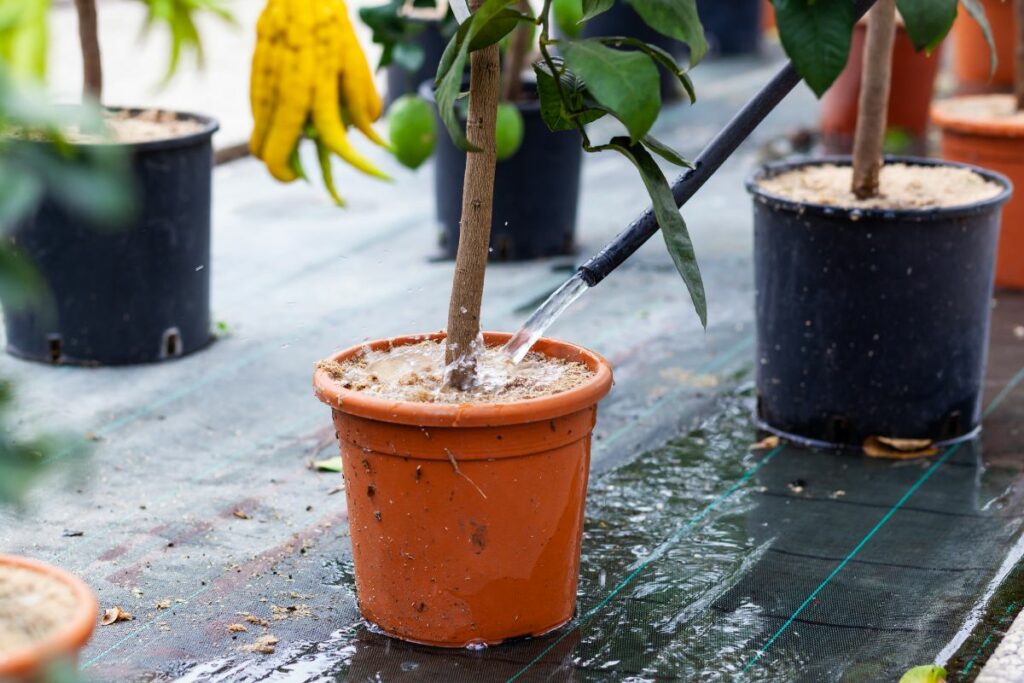Lemons, with their bright flavor, play a key role in accentuating the taste of various culinary creations and beverages. But the cost of buying lemons adds up, and their availability is bound by seasonal variations. The good news is that it is entirely possible to grow your own lemon trees at home, whether it be in the comfortable confines of your living space or in the welcoming soil of your garden, guaranteeing a steady stream of this zesty fruit all year long.
Cultivating lemon trees need not be an overwhelming venture. By following straightforward cultivation methods, you can nurture lemon trees that produce fruit continuously. This ensures that a fresh batch of lemons is always within reach, ready to brighten up your recipes and refreshments at any moment.
Grasping Lemon Tree Fundamentals
Selecting an Appropriate Lemon Tree Variety
Investigate lemon tree species that are prone to yield fruit consistently, including those that can fruit all year. Consider ‘Eureka’ or ‘Meyer’ lemon trees for their ability to produce fruit recurrently and their suitability for various climatic conditions and indoor growing.
Purchase a robust juvenile tree from a reliable garden center, verifying it’s not affected by any pests or diseases.
Establishing Your Lemon Tree
In cooler climates, opt to grow your lemon tree in a substantial container, making it possible to bring indoors when winter comes.
Employ a drainage-promoting soil blend with added organic compost for a fertile growing medium.
Select containers with adequate drainage openings to sidestep the risk of water accumulation that can harm the root system and hinder tree development.
Securing Sufficient Light and Warmth
Position your lemon tree to bask in at least 6 to 8 hours of sunlight each day; south-facing windowsills are perfect for trees grown inside
Supplement natural light with artificial grow lights to compensate during the shorter daylight hours in winter.
Maintain the surrounding temperature around your tree in the ideal range of 55°F to 85°F (13°C to 29°C).
Ensuring Proper Watering and Humidity
Consistently water your lemon tree while allowing the topsoil to somewhat dry before the next watering.
Steer clear of excessive watering to prevent root rot, a common issue in citrus trees in overly damp conditions.
Keep air humidity around the lemon tree at a desirable level, either by misting the foliage or using a room humidifier.
Nutrition and Tree Management
Fortify your lemon tree with a citrus-formulated fertilizer regularly to provide an optimal nutrient mix.
Trim the tree to eliminate any deceased or overcrowded limbs, facilitating better fruit production.
Defend your tree from pests and ailments by applying organic pest control and preventive measures as required.
Fruit Picking and Bloom Inducement
Pluck the lemons once they fully mature, noting that they will not ripen any further post-harvest.
Harvest with care to prevent damaging the fragile stems and potential flower buds.
Prune the tree modestly post-harvest to promote fresh growth and subsequent blooming, potentially increasing fruit output.

